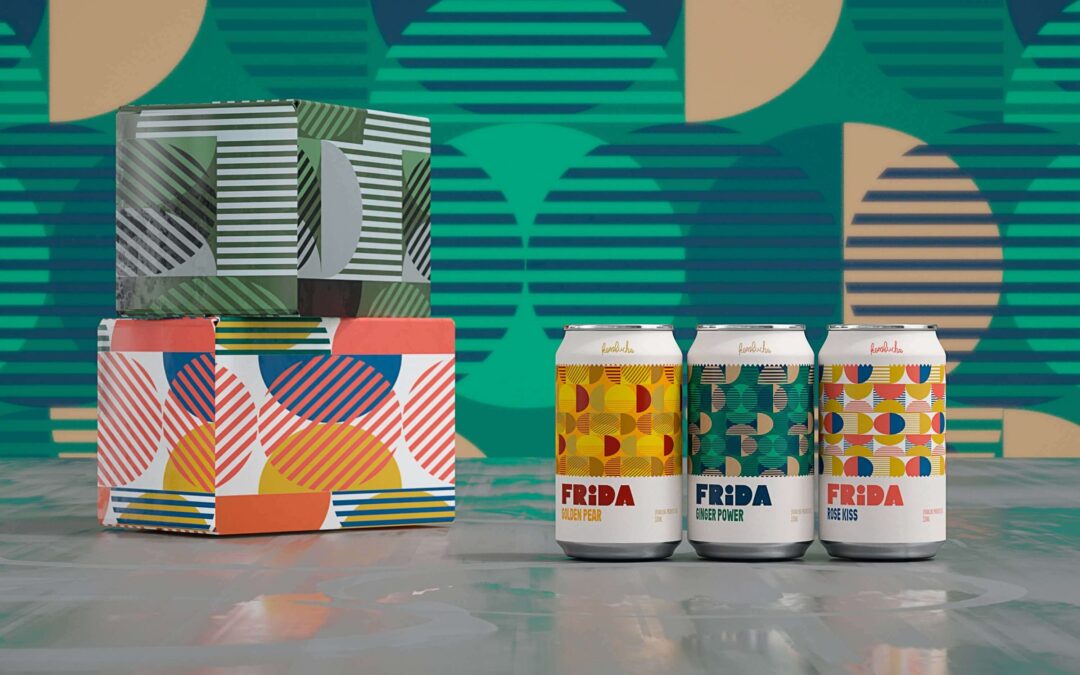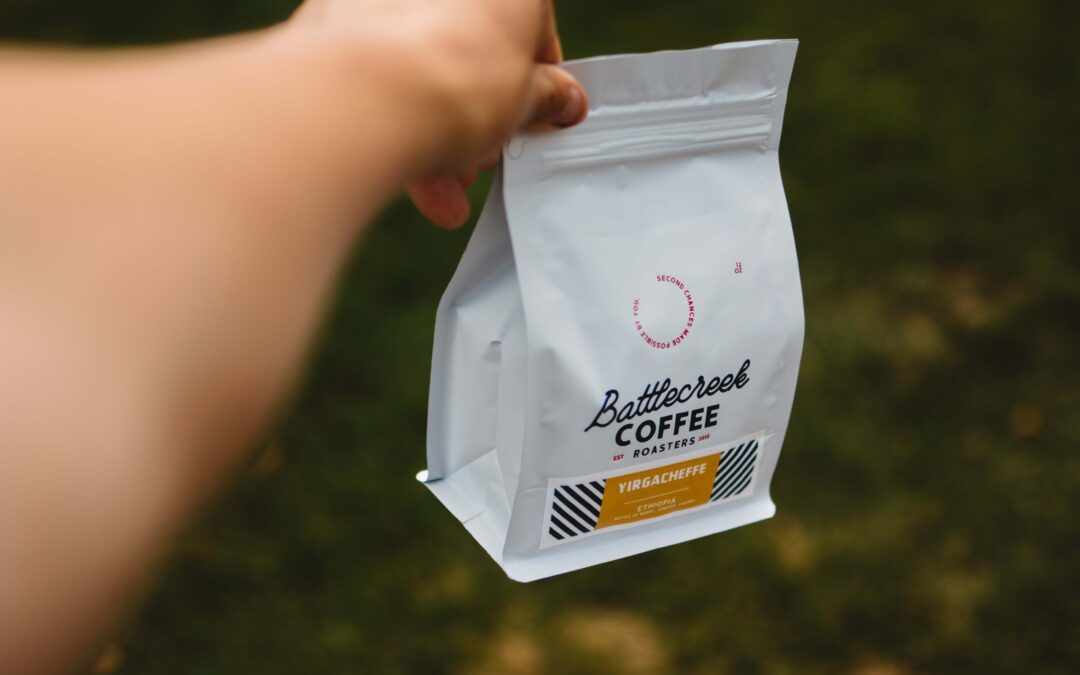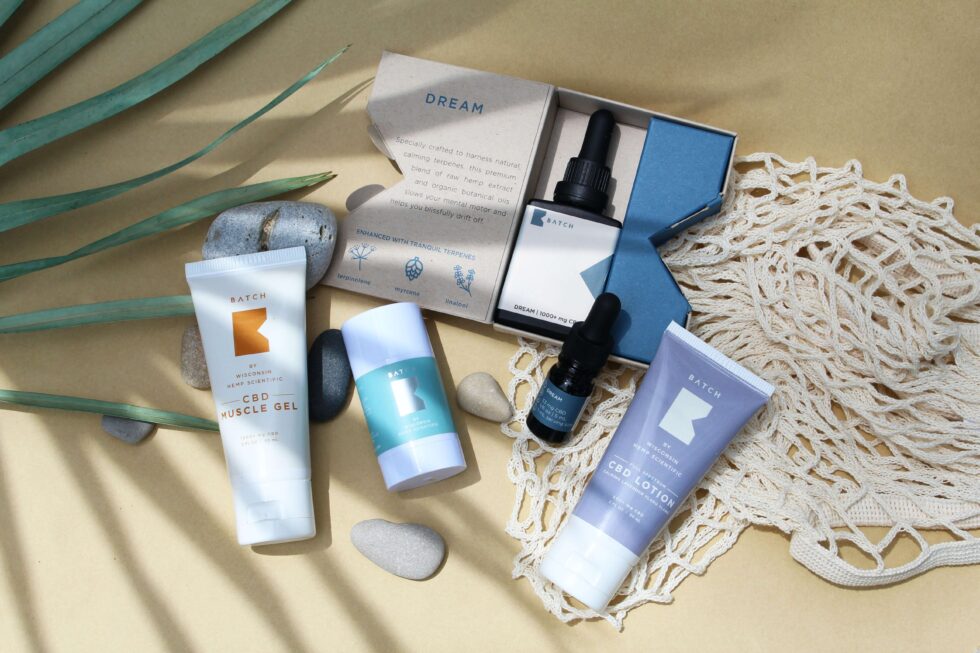Master The Art Of Packaging: Know The Common Packaging Mistakes
A lot goes into guaranteeing the success of a product – a fleeting idea transforms into a concrete concept; which then transforms into a promising prototype; which then finally transforms into a product that is built to make life more convenient; a product that is a fine blend of the power of technology and the potential of human minds.
Moreover, multiple teams comprising skilled individuals give their all and extend their expertise in the making of that one particular product. Now imagine, if after all the processes, efforts, time and costs involved, the product fails to perform because of minor packaging mistakes – be it in terms of ineffective, misleading, or unappealing packaging.
Today, the concept of packaging isn’t as simple as it was before. The covering of your products represents your brand and the product; it can speak volumes in the favour of all that your brand has to offer, if leveraged correctly.
To make sure that this last step of the product lifestyle is seen through seamlessly, manufacturers should be well-aware of the common packaging mistakes, along with the ways to avoid the typical types of packaging damage. To help you sail through this critical step, here are the errors that you, as a manufacturer, have to be mindful of:
Top 5 Common Packaging Mistakes To Avoid
1. Misrepresentation & Misinformation:
Today, thanks to flexible packaging, brands can personalise boxes and pouches to a great extent. But, this also gives manufacturers the power that has the potential to break just as much as it can build. All that is printed on the package has to be representative of the product inside, and ultimately of your brand. If the labels containing the content of your product are misleading, even if it is a human error, it will be looked down upon by the consumers. This mishap can severely damage the credibility of your company. It can take months to years to rebuild this brand reputation, once it is tarnished.
It is important to check the labels on your product thoroughly in order to escape complications of this kind, given that it will put consumers’ safety and interests at risk. Always conduct a double check; triple, if the product contains food ingredients that are likely to cause allergic reactions. To make the product more appealing, manufacturers can also turn to transparent openings to gain consumers’ trust. After all, seeing is believing.
2. Excessive Packaging:
Consumers now look for multiple features in a product, if it doesn’t serve more than three to four of their needs and wants, then the product is likely to get lost in the crowd. Today, most consumers seek products that are eco-friendly. Over the years sustainability has become an appealing feature and is only set to rise in demand. One of the biggest sustainable packaging mistakes that manufactures make is that of excessive packaging.
More often than not, excessive packaging serves no purpose – it fails to protect the product, to add to the user experience, or to promote the ease of transport and storage. On the contrary, it is a waste of time, money and resources. Plus, more packaging means unnecessary wastage. The best way to keep away from plastic packaging problems that harm the environment and your product, is to create packages in accordance with the specifications of your product – nothing more, nothing less. Study your product well before deciding on the material, shape and size of the packaging that can best guard its characteristics and features.
3. Inaccessible Packaging:
The market is crowded with multiple products of the similar kind, and consumers today are spoilt for choice. It would only take a few minor inconveniences leading to make for an overall unimpressive product experience. As such, consumers will naturally switch to a more ideal product of the same category. In a fast-paced world, one of the things that can add significantly to the frustration of consumers is packaging that is not easily accessible.
The package not being easy to open is one of the most common complaints made by consumers. To bring them the ease of use, manufacturers can leverage the power of flexible packaging, wherein the packaging products can be resealable zip locks, rendering the task of opening and closing the package easy, every single time. It is also important to avoid over packaging that creates an obvious barrier between your product and the consumer. Conduct surveys and experiment with different packaging options before you set your heart on one.
4. Lack Of The WOW Factor:
The packaging is what helps a product put its best foot forward. It has to be attractive enough to catch the consumer’s eye when they are browsing through shelves full of promising choices. Most brands today have faith in the potential of effective packaging, so much so that they have dedicated budgets for the same. In a highly competitive market, it is important for brands to take the creative road to great packaging.
To stand out from the competition, you have to study it through and through. Make sure that your product packaging does not look similar to that of your competitors. Moreover, try to explore and experiment with packaging in a way that best complements the products. The brand name and logo have to be clearly visible on the boxes or pouches in order to make it easier for consumers to associate the products with the brand. Consider custom packaging; it has proven to be one of the best ways to capture your brand’s unique identity.
5. Puzzling Design & Words:
While it is important to be creative when it comes to packaging, try not to get too carried away with the design and the typography. Today, minimalism is the way of life. If the product package is too crowded with information that is tough to be read or processed, it can lead to a disappointing user experience. The excessive information or visually disruptive designs can only lead to potential frustration among consumers.
If your packaging is compact, make sure to only mention important guidelines or key ingredients on the package – do away with the unwanted words. That way you’ll have room to make the important information readable, and the designs more enticing. Be mindful of typological errors, along with design errors like white spacing or tacky combination of colors and patterns. Do a thorough check before the final approval. The littlest details can make the bigger picture look better. Moreover, minimal packaging can help manufacturers respect the allotted budgets for packaging as well.
Ecoplast Ltd, Top Packaging Films Suppliers In India
With the market swarming with competitors, brands belonging to almost all industries are putting their best foot forward by introducing wide ranges of quality products, and displaying them in the best possible way. Flexible packaging is one of the simplest yet most effective ways of preserving product integrity and enhancing its appeal.
With 40 years of experience, and an extensive range of quality packaging films, we are one of the leading flexible packaging companies in India. We hold expertise in designing and manufacturing Surface Protective Films that protect products such as steel, aluminum panels / profiles, carpets, tiles, glass, and all kinds of substrates from dust, scratches and other environmental impacts. Here are our offerings:
- EcoGen™ (Lamination Films)
- EcoProtect™ (Surface Protection Films)
- EcoBond™ (Adhesive Films)
- EcoPrime™ (Speciality Films)
To know more about our innovative offerings, contact us at: +91-22-2683 3452 / +91-22-2683 1403, or drop an email at: [email protected]




